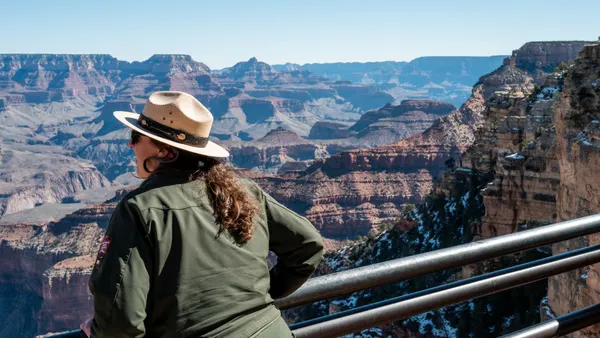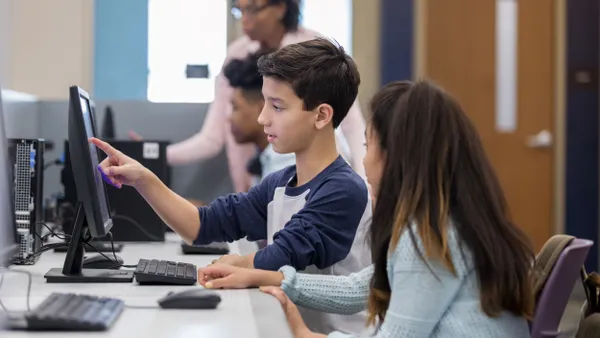Dive Brief:
- After 20 years of teaching high school science, Andrea Negri Noonoo introduced a new learning model to her students: From 10th to 12th grade children would pursue a unique interest in science, conduct an experiment in tandem with a mentor, and then produce a research paper that could be entered in the Regeneron Science Talent Search.
- Students at Christ the King Regional High School in Queens, NY, were also able to earn up to 12 college credits over those three years if they completed the program, Noonoo writes for EdSurge.
- Even those students who didn't end up pursuing a career in the sciences use the skills gained — such as knowing how to record data, or challenging themselves to do things they didn't think they could — in their lives today.
Dive Insight:
Hands-on experiences is one of the bigger curriculum trends today. Taking lessons written in textbooks and applying them to real-world problems allows learning to leap from the page, providing practical context that is invaluable in boosting learners' understanding of a topic or concept.
Tapping into a student’s interests and passion can increase their excitement for what they’re studying while empowering them as they learn. When passionate about a project, students drive their own discovery process: Learning is then something they feel they’re doing on the side. Angie Kalthoff discovered just this when she built a Zac Hanson fan site, teaching herself how to code in the process, as she detailed recently for in a piece for EdSurge.
Administrators need to look at ways to harness student passion when planning school lessons. Giving educators time to attend conferences and events is one step. Teachers themselves can learn new ways to bring hands-on experiences into their curriculum, helping guide students as they find what they want to pursue in school and in life.











